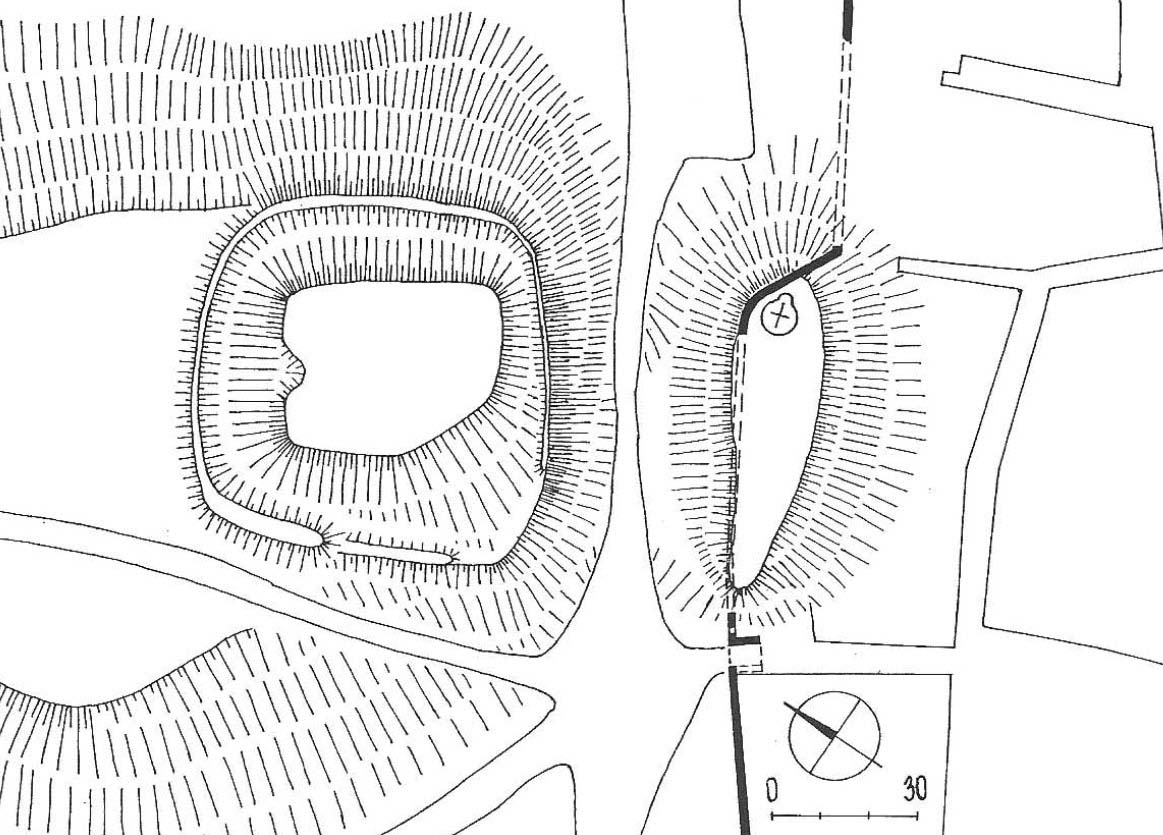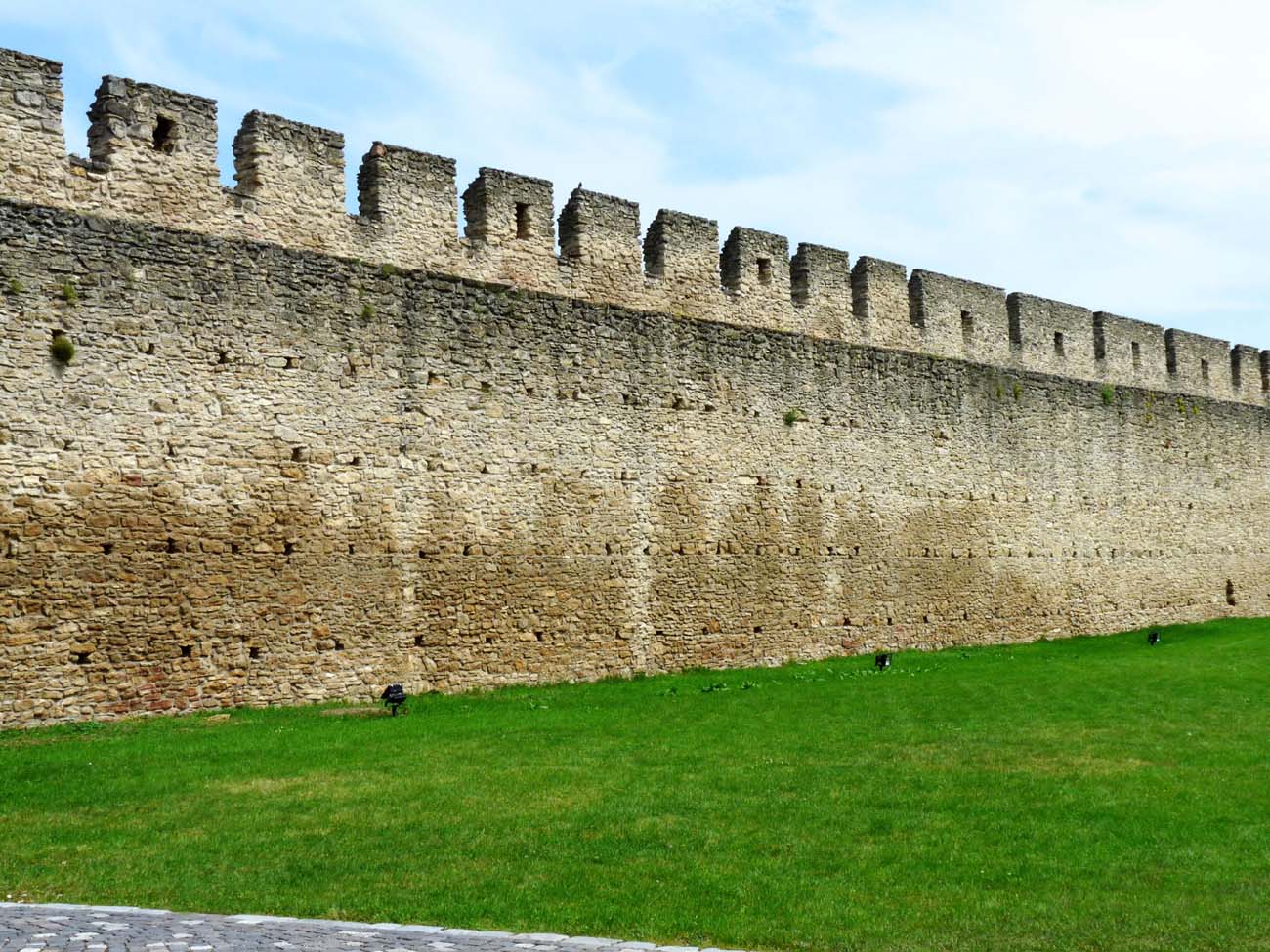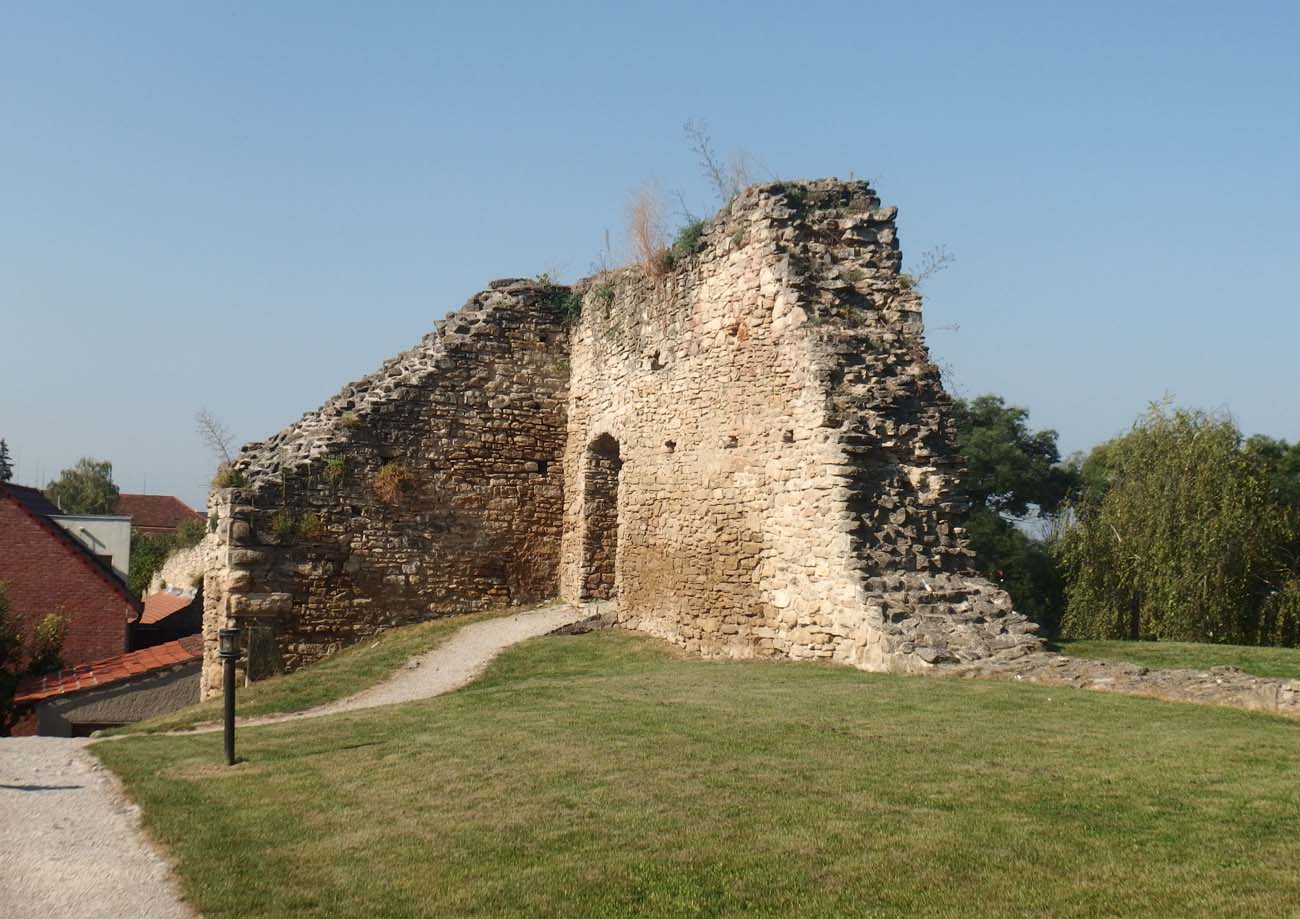History
The first written mention of Skalica comes from 1217, when it is mentioned under the name Zakolcha. At that time it was still a very modest settlement, requiring colonization, which was indicated in a document from 1217, when it was given to the two sons of Nitra zupan, Aleksander (Thomas and Šebuš). At the beginning of the 14th century, it first became a free market settlement, and in 1372 king Louis I of Hungary granted it the rights of a free royal town. Soon, the construction of the town walls began.
In the years 1388-1433 Skalica was in the hands of Stibor of Stiboricz and his descendant Stibor II. In June 1432, it was captured by the Hussites led by Ján of Vrbno for a period of two years, for whom it was the starting point for plundering expeditions to south-west Slovakia. Unable to remove them by force, Emperor Sigismund of Luxembourg had to buy Skalica together with Trnava. In the same 1435, he also ordered the damaged fortifications to be strengthened and placed a strong garrison in them, despite the fact that Skalica was a free royal town. In 1450, the Hungarian governor Ján Huňady took over the town from Captain Pangrác of Sv. Mikuláš. In 1468, when Matthias Corvinus started a war with the Czech king George of Poděbrady, Skalica as a border center had an important strategic importance. From 1497 until the Battle of Mohács in 1526, it was in the hands of the palatine Štefan Zápolya and his descendants.
In the 16th century, the town walls were not subject to significant modernization works, despite the development and popularization of firearms. As a result, their military significance in the course of the 17th-century wars and anti-Habsburg uprisings was not large. In the 18th century, they lost their importance completely and were gradually dismantled.
Architecture
The town had an elongated shape similar to a quadrilateral, with a narrowing in the southern part. There the Strážnicky Stream approached the fortifications, connecting with the Zlatnicky Stream, which surrounded Skalica from the east. The ring of stone defensive walls was about 2,000 meters long, the height of the wall was up to 8 meters, and the thickness was 1.8 meters. Its upper part ended with a wall-walk placed in the wall thickness and equipped with battlements. Two main gates led to the town: Holíčska on the north-west side and Strážnická on the south side, and two smaller ones: the gate called New on the north-east side, built after 1435, and the south-west gate.
In the fifteenth century, the rotunda of St. George standing near the northern wall has been rebuilt and gained defensive functions. It did not connect directly with the defensive wall, but stood in close proximity to it and was connected to the sidewalk in the crown of the walls by a wooden footbridge.
Near the northern fragment of the fortifications earlier, probably yet in the 12th century, there was a small oval-shaped stronghold, surrounded by an earth rampart and a ditch. Its fortifications probably consisted of a timber palisade. Perhaps it was still used in the 15th century, as evidenced by the preserved town map from 1470. It shows the bridge connection of the stronghold with town fortifications and a three-aisle church functioning next to the town walls.
Current state
To this day, the remains of the Northern Gate and several sections of the walls have been preserved. The best preserved fragment is located in the area of the Franciscan monastery in the south – eastern part of the town. In addition, significant fragments are found in the north-western part near the rotunda of St. George.
bibliography:
Bóna M., Plaček M., Encyklopedie slovenských hradů, Praha 2007.
Lexikon stredovekých miest na Slovensku, red. Štefánik M., Lukačka J., Bratislava 2010.
Mencl V., Stredoveka mesta na Slovensku, Bratislava 1938.




